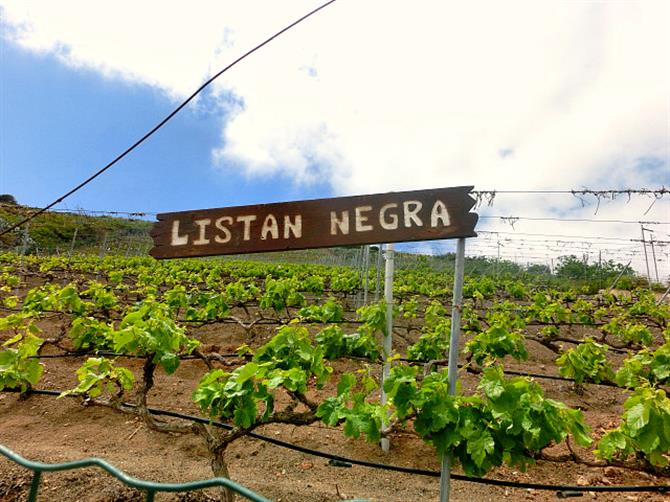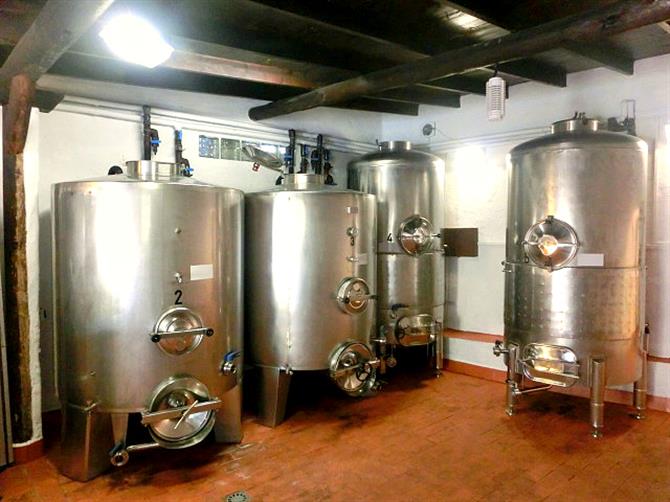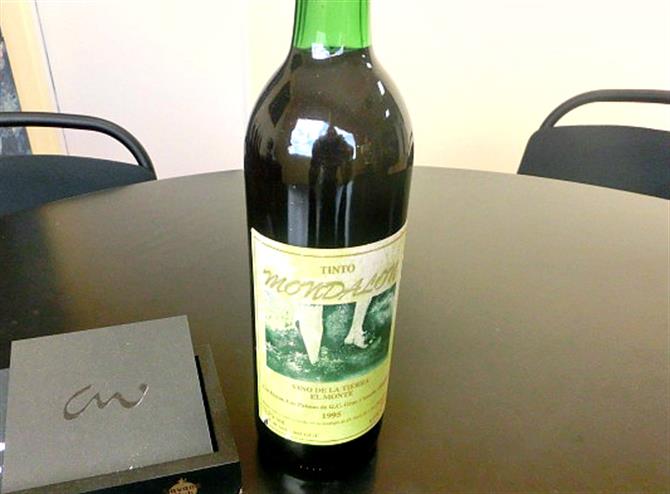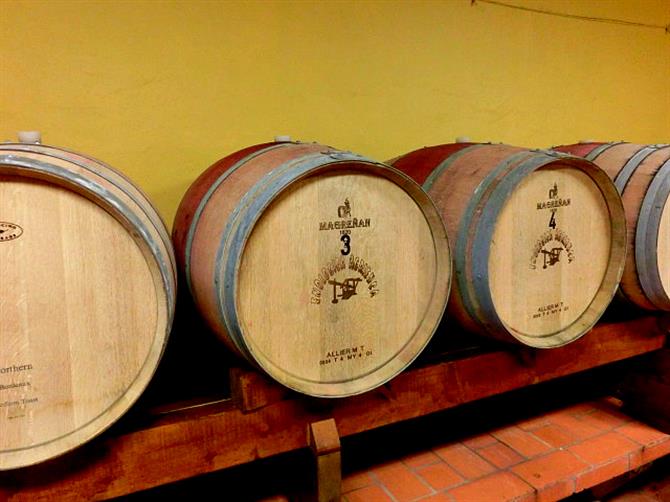Canary wine was the bottle of choice for the discerning English household in the 16th and 17th centuries. Then port, Madeira, Málaga, and sherry replaced their Canarian rival in the oenophile's affections. Nowadays, vintages from Lanzarote and Tenerife are making a name for themselves in the world of wine, but don't overlook Gran Canaria whose winemaking heritage is a rich one.
Vine and dandy

Wines were first grown on Gran Canaria when Flemish merchant Daniel van Damme planted vines at the base of the Bandama crater, back in the 16th century. This volcanic terrain derives its name from the trader with Van Damme becoming Bandama, in much the same way as the potato variety known as King Edward metamorphosed into Quinegua. The 18th century saw winemaking largely disappear from the island, before it resurfaced in the 1800s, concentrated in the neighbouring Bandama and Monte Lentiscal areas.
Bodega Mondalón's history is more recent, as it will be celebrating its 20th anniversary in 2015. However, its two hectares of vineyards are located on the slopes of the Pico de Bandama (Bandama Peak). The picón, volcanic ash, which the vines are planted in dates back to the eruption of Bandama nearly 2,000 years ago. The Mondalón's elevated setting and the fact the temperature drops sharply at night makes for perfect winemaking conditions.
Strange brew

Geographically speaking, the Canary Islands are closer to Africa than mainland Europe. So they never fell victim to phylloxera, the itsy-bitsy louse which almost oblitered all European grapevines in the late 19th century. So, instead of vines being grafted onto immune American roots, Canarian vines are able to be planted on their own rootstocks.
Another by-product of isolation is that lesser-known varieties thrive. For example the listán negra grape was introduced to California by Spanish settlers, but you'd struggle to find it these days in the Golden State. However, it's the leading grape variety on the Canary Islands. The Denomincación de Origen Gran Canaria means that the Mondalón, based in Las Palmas de Gran Canarai's rural Los Hoyos, only produces wines made from grapes historically grown on the island.
Legs 11

The original label of Bodega Mondalón's wines featured a traditional Canarian gentleman crushing the grapes with his bare feet. However, today's version stars both the pins and tootsies of the family firm's daughter Tamara Cruz, who treats me to a fascinating tour of the bodega. Mondalón produce five different types of wine, three reds and two whites. Tour parties of between 10 and 30 people are advised to contact the bodega in advance in order to book a visit.
Barrel and bottle

They've high hopes for what's stored in the barrels at the Mondalón. This is, after all, the bodega which has won the most awards on the island. Although very much a boutique vineyard, Mondalón works with eight other wine producers on the island from as near as next-door's Monte Lentiscal and as far as Fataga in the south. They also have their own beauty-product line, featuring aloe-vera, avocado oil, and, of course, red wine in the list of ingredients.
